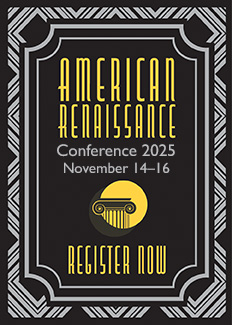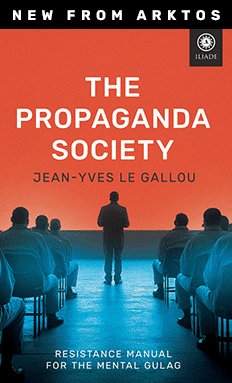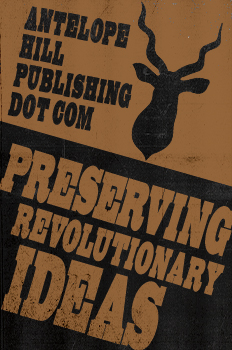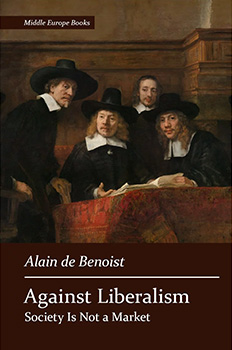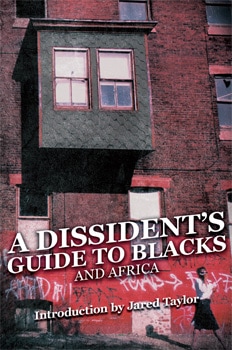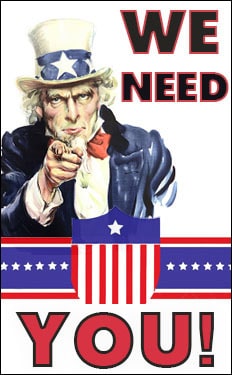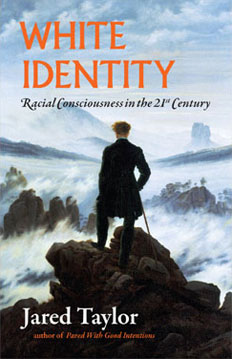Inside the Rise of the Multiracial Right
Daniel Martinez HoSang, New York Times, July 24, 2025
When I met Joey Gibson in the spring of 2018, I was sure he was an oddity. He was a Japanese American leader of a right-wing group in the Pacific Northwest that rallied for Donald Trump and menaced opponents on the left. But Mr. Gibson also disavowed white supremacy and spoke candidly about harms against the Black community, building a movement that was at once multiracial and conservative.
{snip}
My colleague Joseph Lowndes and I have been studying the movement of nonwhite voters to the right for 15 years. When we began this work, people like Mr. Gibson — who told us they hated the establishment, who felt let down or left behind by the politics of the Democratic Party — were often disdained by liberals as dupes of the right voting against their own interests, votes they would regret once they saw their conservative beliefs in action.
But seven years since I met him, Mr. Gibson seems to be much less of an anomaly. Mr. Trump nearly doubled his support among Black voters from 2020 to 2024, won some 40 percent of the Asian American vote and took almost half of the Latino vote. Many of those I have spoken with recently — students, lawyers, mechanics, pastors and others — sounded strikingly similar to Mr. Gibson. Angry at a system they contend is indifferent to their lives, they express ideas that were once seen only on the far-right fringe.
The rightward drift of minority voters is not a story of just one election. It is a phenomenon years in the making, one that is reshaping the American political landscape. And to understand this movement, you must understand the transformations in the places they are happening.
In many ways, the story of Milwaukee’s disillusioned Black voters encapsulates the tectonic shifts in American society that voters of color have faced in recent years. Like many other distressed cities, Milwaukee continues to reel from the foreclosure crisis, the opioid epidemic and chronic funding shortfalls. Together, these problems have created cracks in the bedrock of Democratic support in these communities.
{snip}
But the America that this version of the Democratic Party emerged from has changed drastically. The restructuring of the U.S. economy over the last 40 years, along with the yawning inequality it has spurred, has disproportionately hurt communities of color. The Democratic-championed civil rights protections and social welfare programs that have defined the party’s appeal to nonwhite voters have proved inadequate in the face of the interconnected crises that define America now. Policies to address residential segregation some 70 years ago can do little to ease the housing shortages plaguing many communities today. The 1965 Immigration Act was not designed to manage the migration driven by economic downturns, military strife and climate catastrophes unfolding around the globe.
{snip}
Disappointed in the party that they saw as presiding over these profound economic shifts, nonwhite voters found that the institutions where many of them found their political identities — churches, unions, clubs — have been in decline.
Unmoored from these places and groups, voters of color today are shaped by many new forces, including right-wing podcasts, influencers and social media — some of it specific to individual ethnic and linguistic groups — that have atomized people even within their own community.
The narrative emerging from this wave of new media is a compelling one to disaffected communities of color; it captures the very real struggles they experience and repackages them as proof that Democratic policies have failed them. {snip}
{snip}
Yet behind the confident pronouncements of the 2012 election and the faith in demography as destiny, a different reality was coming into view.
That same year, my colleagues and I were researching the ways the 2008 financial meltdown and the myriad of housing and other crises it caused were sowing discontent in the Democrats’ multiracial coalition. Already in our research we noticed how conservatives were directing the frustrations of those suffering these crises at institutions and public workers instead of corporations and Wall Street. The Democratic message that hope and possibility were limitless and the country’s best days were ahead was crashing on the shoals of grim economic conditions and a growing sense of isolation, loneliness and despair. A rift was forming, one that only grew wider as the years wore on.
{snip}
Democrats and progressive advocacy groups remain mired in a debate about whether they need to tack right to stem the hemorrhaging of voters of color to the G.O.P., or double down on the agenda of racial and economic liberalism that originally built the party’s base among minorities. What I’ve found in my conversations is that the forces moving multiracial voters rightward are more often rooted in economic vulnerabilities.
{snip}





